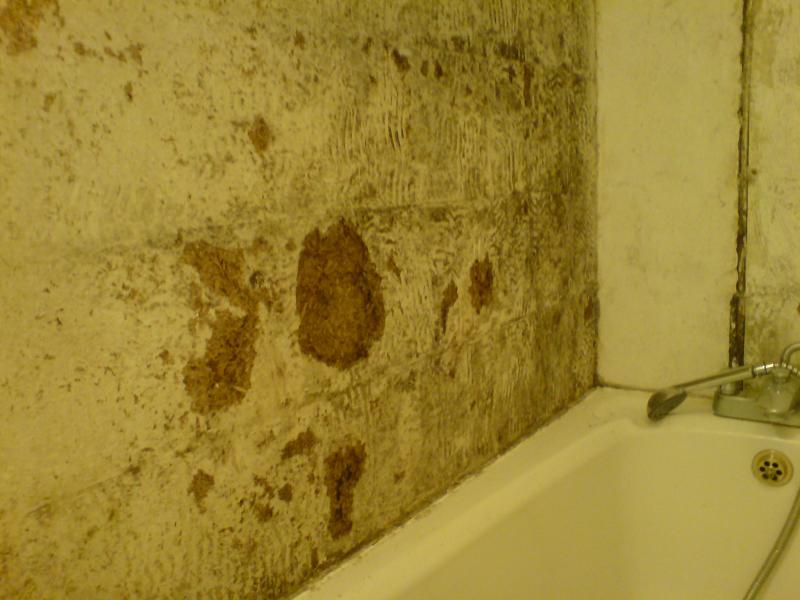I have removed the old tiles from my bathroom and have now seen the hash that the previous owners made of the bathroom (and the whole house).
The old tiles were stuck onto onto chip board, with no waterproof sealant laid down. Water has got beneath the tiles and there are areas that are a bit black with mold, which I have scrapped down and throughly dried.
In removing some tiles, some chunks of mdf were pulled off off leaving a couple of holes the size of a small plate, about 5mm deep.
So my questions are (having never tiled before):
Do I need to fill the holes with some sort of filler (if so what) or can I just tile over.
I am going to waterproof the MDF first, is there any particular product that stands out or is any old stuff from B&Q all that is needed.
There is an ever so slight bow to the MDF wall, so which tiles are best to use: mosaic, small or large (I am favouring large for saving time and because of the holes plus have heard mosaic tiles show up uneveness in the wall).
Is there anything else I should know about tiling on MDF, or tiling in general (baring in mind I am a virgin at this)
The old tiles were stuck onto onto chip board, with no waterproof sealant laid down. Water has got beneath the tiles and there are areas that are a bit black with mold, which I have scrapped down and throughly dried.
In removing some tiles, some chunks of mdf were pulled off off leaving a couple of holes the size of a small plate, about 5mm deep.
So my questions are (having never tiled before):
Do I need to fill the holes with some sort of filler (if so what) or can I just tile over.
I am going to waterproof the MDF first, is there any particular product that stands out or is any old stuff from B&Q all that is needed.
There is an ever so slight bow to the MDF wall, so which tiles are best to use: mosaic, small or large (I am favouring large for saving time and because of the holes plus have heard mosaic tiles show up uneveness in the wall).
Is there anything else I should know about tiling on MDF, or tiling in general (baring in mind I am a virgin at this)


